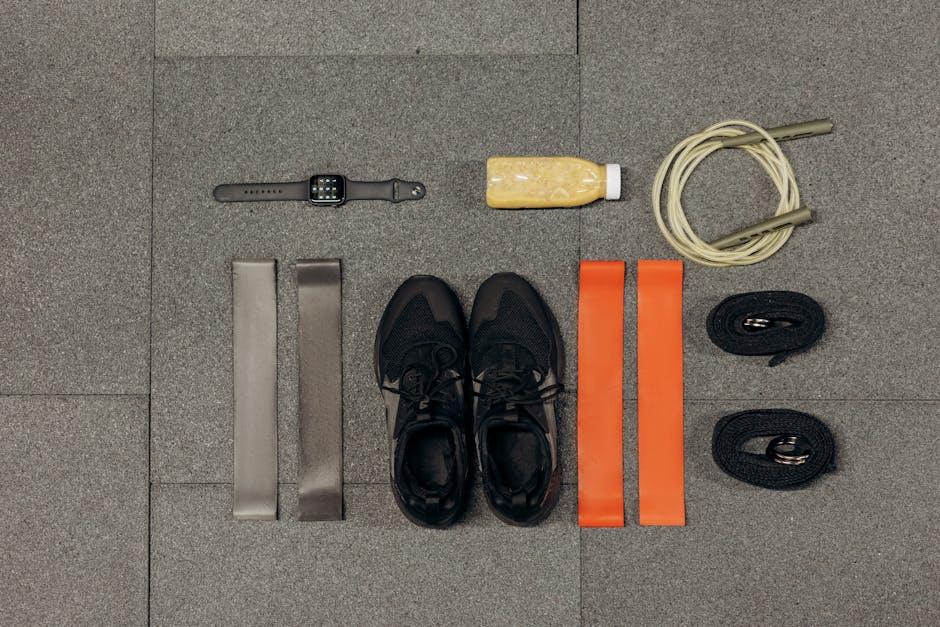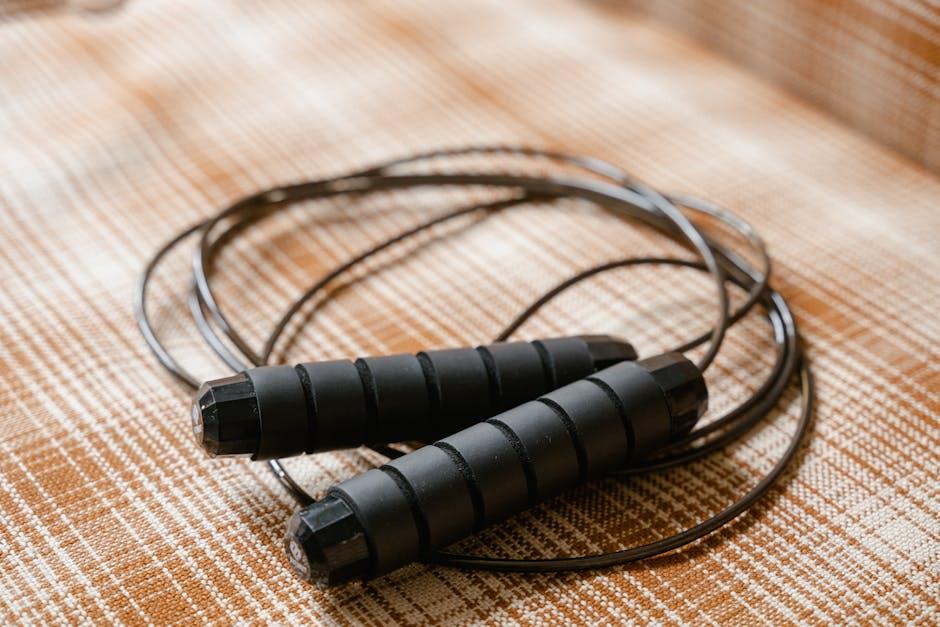In today’s fast-paced world, maintaining a healthy weight is more important than ever. Yet, the journey to weight loss is often fraught with challenges, from fluctuating motivation levels to the overwhelming amount of information available. Building your own weight loss tracker can be a game-changer, offering a personalized approach to monitoring progress and staying on course. This article serves as an authoritative guide to the best resources available for creating an effective weight loss tracker tailored to your unique needs. Whether you’re a tech-savvy individual looking for the latest apps, or someone who prefers a more traditional pen-and-paper method, we will explore a range of tools and strategies designed to empower you on your weight loss journey. Dive in as we unravel the most reliable and innovative resources that can transform your weight loss goals into tangible results.
Choosing the Right Tools for Your Weight Loss Tracker
When embarking on the journey to build your own weight loss tracker, selecting the appropriate tools is paramount to your success. The ideal tools should be user-friendly, compatible with your lifestyle, and capable of providing accurate data. Start by identifying what features are most important for your tracker. Do you need a mobile app for on-the-go updates, or is a desktop software more your style? Consider the following tools to get started:
- Fitness Trackers: Devices like Fitbit, Garmin, or Apple Watch can sync with various apps, providing real-time data on your activity levels, heart rate, and even sleep patterns.
- Apps: Applications such as MyFitnessPal or Lose It! offer comprehensive tracking capabilities, including calorie counting, meal logging, and exercise tracking.
- Spreadsheets: For those who prefer a more hands-on approach, using Excel or Google Sheets can offer a customizable and detailed way to track progress and analyze trends over time.
- Online Platforms: Websites like SparkPeople or Cronometer provide community support, personalized plans, and detailed nutritional information to aid in your weight loss journey.
Choose tools that integrate well with each other to streamline your tracking process. Opt for platforms that allow data export or synchronization across devices, ensuring that your information is always up-to-date and accessible. Remember, the right tools are those that fit seamlessly into your daily routine, making tracking an effortless and rewarding part of your weight loss journey.

Expert Tips on Designing an Effective Tracking System
Creating a weight loss tracker that is both efficient and motivating requires a keen understanding of your personal goals and preferences. Here are some expert tips to consider when designing your system:
- Define Clear Objectives: Begin by identifying what you want to achieve with your weight loss journey. Whether it’s losing a specific number of pounds or improving your overall fitness level, having clear goals will guide the design of your tracker.
- Choose the Right Metrics: Not all progress is measured by weight alone. Consider tracking additional metrics such as body measurements, calorie intake, exercise routines, and even mood patterns. This holistic approach provides a comprehensive view of your progress.
- Incorporate Visual Elements: Utilize graphs, charts, and color-coded systems to make your data visually appealing and easy to interpret. Visual elements can significantly enhance motivation by providing quick insights into your achievements and areas for improvement.
- Ensure Flexibility: Life is unpredictable, and so are weight loss journeys. Design your tracker to be adaptable to changes in your routine, dietary needs, or fitness levels. This flexibility will help maintain consistency over time.
- Utilize Technology: Leverage apps and digital tools to automate tracking and analysis. Many apps offer features like reminders, goal setting, and progress sharing, which can enhance accountability and support.

Integrating Technology for Seamless Progress Monitoring
To efficiently track your weight loss journey, leveraging technology can transform the experience from daunting to seamless. A plethora of apps and online tools are available that cater to personalized fitness and nutrition plans, enabling precise progress monitoring. Start by utilizing smartphone apps that sync with wearable devices like fitness trackers or smart scales. These apps often come with features that allow you to log your daily calorie intake, track physical activities, and monitor weight fluctuations over time. Many of these applications provide graphs and analytics, giving you a visual representation of your progress, which can be motivating and insightful.
For those who prefer a more tailored approach, consider using online platforms that offer customizable templates. These platforms often support integrations with popular services such as Google Sheets or Excel, allowing for personalized data entry and automated calculations. With the right integrations, you can set specific goals, track progress in real-time, and receive reminders and alerts. Here are some useful tools to consider:
- MyFitnessPal: Comprehensive food database and calorie counter.
- Fitbit: Syncs with a range of devices for activity and health tracking.
- Google Sheets: Customizable templates for detailed tracking and analysis.
- Lose It!: Focused on weight loss with community support and challenges.
Integrating these technologies not only helps in tracking your weight loss progress but also encourages a consistent and informed approach to achieving your health goals.

Personalizing Your Tracker for Optimal Results
Customizing your weight loss tracker is crucial for achieving the best outcomes. Start by identifying the metrics that are most relevant to your goals. While tracking weight is a given, consider including measurements like body fat percentage, muscle mass, and water intake. These metrics can offer a more comprehensive view of your progress and help tailor your approach. Remember, not all trackers need to be digital; a well-organized notebook can be just as effective if it meets your needs.
- Set Realistic Goals: Break down your weight loss journey into smaller, achievable milestones. This will keep you motivated and make it easier to track progress.
- Incorporate Visuals: Use graphs and charts to visualize your progress. Visual aids can be more motivating than numbers alone.
- Choose the Right Tools: Whether you prefer an app, spreadsheet, or physical journal, ensure it is something you will use consistently.
- Include Non-Scale Victories: Track improvements in stamina, clothing fit, or energy levels to maintain motivation beyond the numbers.
By tailoring your tracker to your personal needs and preferences, you’ll create a powerful tool that not only documents your journey but also inspires continued commitment to your health goals.
